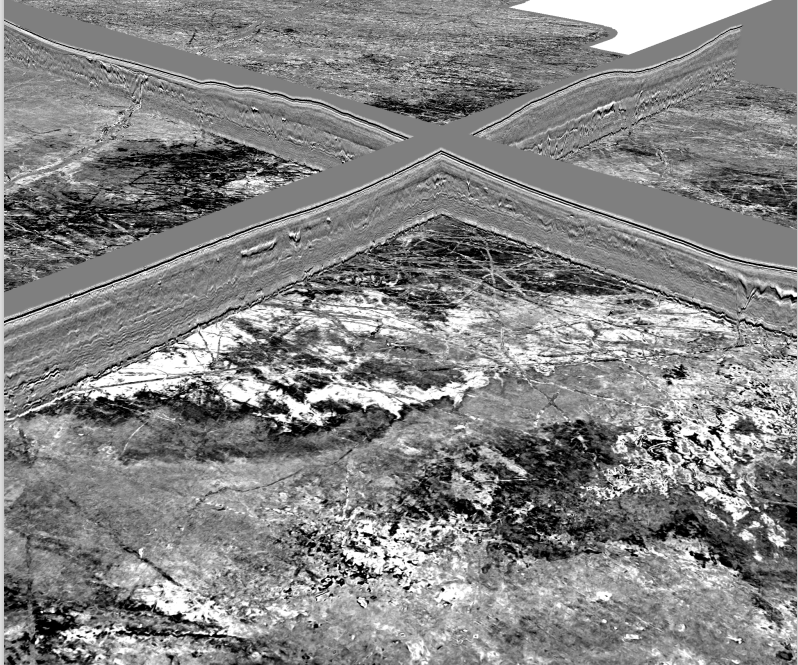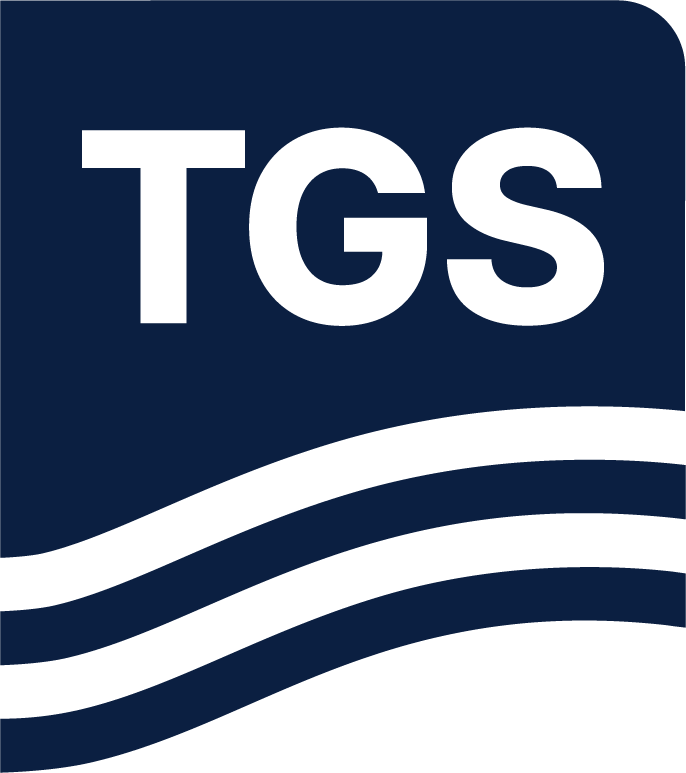The article appeared in PES Wind, Issue 2, in June 2025.
Gunhild Myhr, Vice President of Business Development & Sales at TGS, shares insights on the groundbreaking capabilities of the Ramform Vanguard and the role of ultra-high resolution 3D seismic in offshore wind development. She discusses how TGS is helping developers minimize risks, reduce costs and speed up timelines in an increasingly competitive and complex market.
PES: Gunhild it’s a pleasure to speak with you. Perhaps we could start with a focus on ultra-high resolution 3D (UHR3D), as it’s very topical currently. It represents a noteworthy shift in site characterization. How are your clients benefiting in terms of clearer data, risk mitigation and enhanced design assurance?
Gunhild Myhr: Offshore wind projects are time sensitive and with many on tight timelines to meet climate goals and energy security needs, the Vanguard’s ability to acquire vast amounts of data quickly, safely and accurately is a competitive edge.
Offshore wind farms are growing in size and complexity and developers, now need multi-layered subsurface insight, provided by such vessels, not just the basic seabed maps.
The Vanguard delivers ultra-high resolution seismic data that helps pinpoint shallow geohazards e.g. gas pockets and buried boulders; sediment layers for foundation design; and ideal routes for subsea cabling. By combining broad bandwidth with massive streamer spreads, it can map large areas quickly with high vertical resolution, which means less downtime and fewer surprises
during construction.
Read the full article here.


